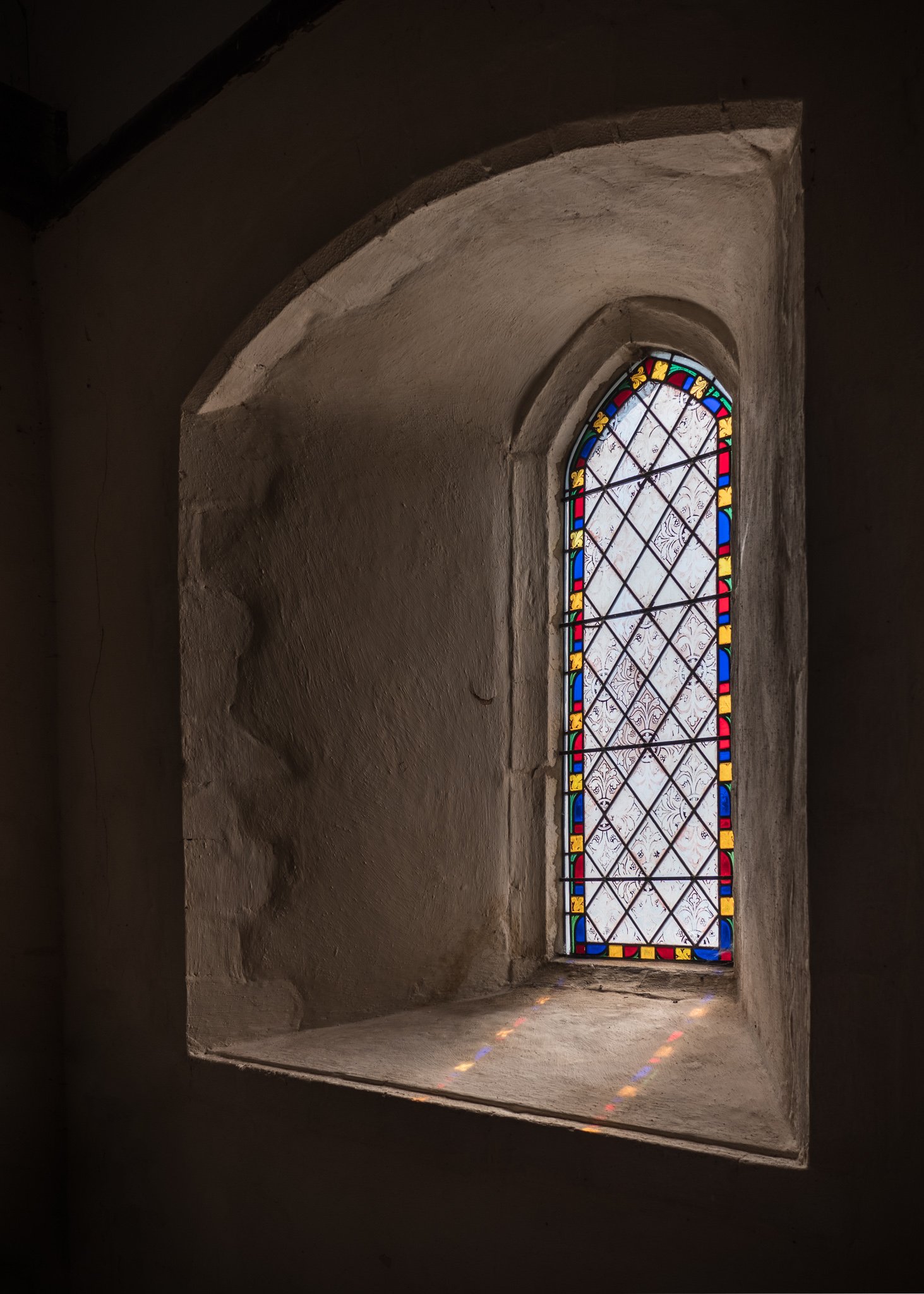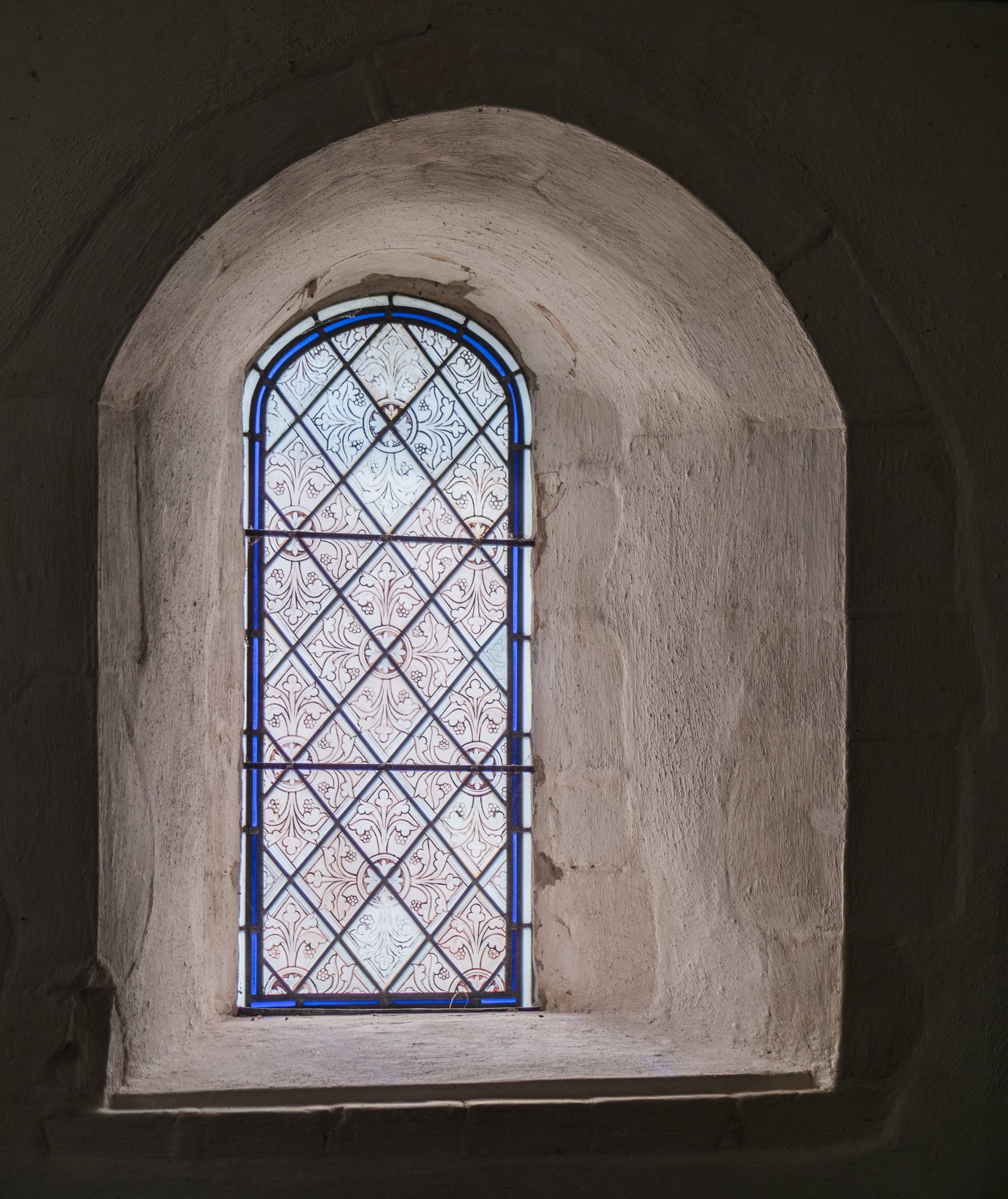Every so often I get the opportunity to visit an unfamiliar Cathedral, although I’ve been to so many this happens less frequently these days. Back in July my work took me to the midlands so this was the excuse I needed to visit Lichfield Cathedral for the first time.
Things began rather inauspiciously. As I walked towards the Cathedral I realised they’d erected a swathe of scaffolding around the spire. Not a wonderful sight, but it was raining and the skies were leaden so my chances of taking beautiful photos of the exterior were always going to be limited. As I walked towards the west door I was met by the Dean - what a lovely welcome. Sadly not - he was there to greet an incoming funeral! Although I was invited to sit and admire the nave during the service I politely declined and went in search of a cuppa.
An hour later I returned. The funeral party had departed and I pretty much had Lichfield Cathedral to myself - that’s exactly what I had hoped for! I spent a couple of hours exploring every corner of the building, looking sweeping architectural shots and smaller details too.
In the choir I sat quietly on a step, aiming my camera beneath the rope which closed the area off to the public. One of the vergers spotted me and asked if I’d like to go inside - an offer I wasn’t going to turn down! This is the photo I was taking at the time, but being allowed inside the choir gave me opportunities I’d otherwise have missed and I was grateful for the verger’s kindness.
Behind the high altar I discovered this wonderful crown hanging from the vaulting. I suspect the candles are electric rather than wax, but that doesn’t detract from the design.
The beautiful arched stained glass window in the north transept.
And yet more arches from around the Cathedral…
Photos taken 18 July 2023




































